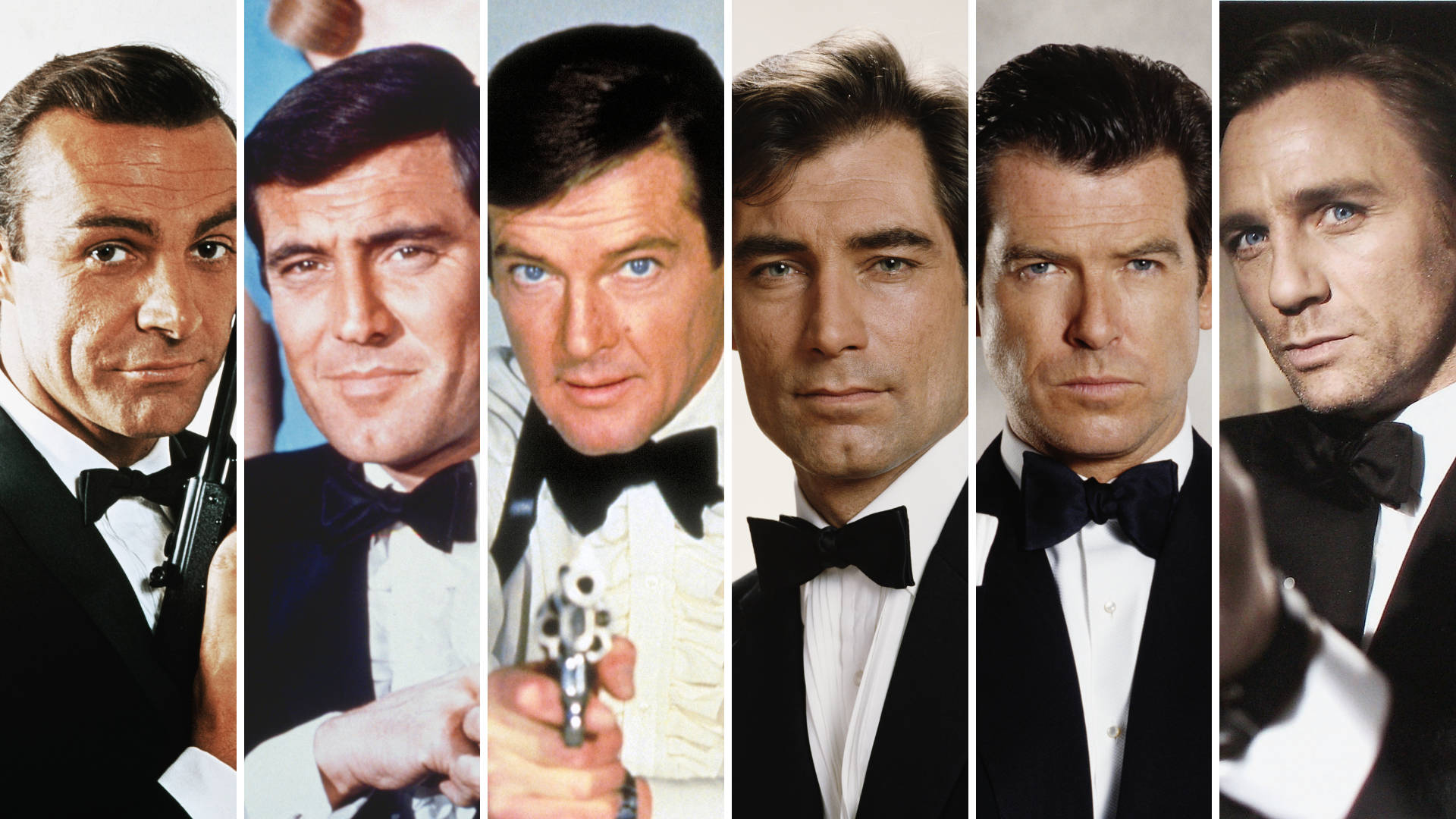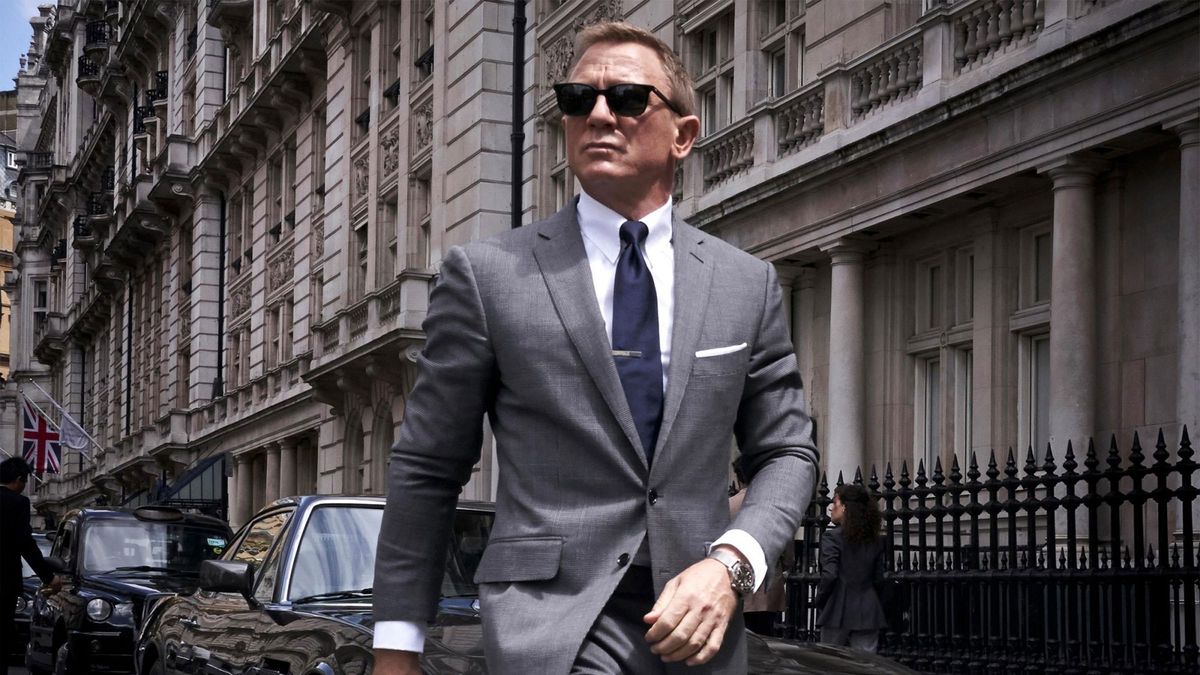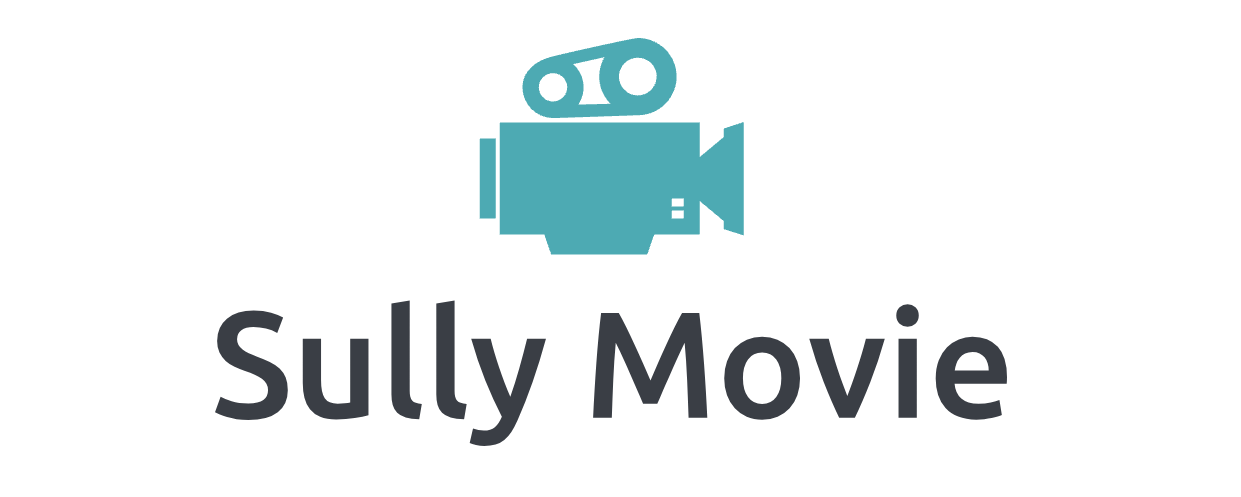How To Watch 007 Movies In Order?
With over 60 years of globe-trotting espionage and dashing tuxedos, the James Bond film franchise has endured as one of cinema’s most iconic and beloved series. However, with 25 official films released across multiple timelines and featuring different actors as 007, it can be tricky to determine the proper viewing order. Today we serve as a comprehensive guide to watching the 007 movies in order according to their historical release as well as the narrative chronologies within specific eras.

Contents
- 1 How To Watch 007 Movies In Order?
- 1.1 1. Dr. No (1962)
- 1.2 2. From Russia with Love (1963)
- 1.3 3. Goldfinger (1964)
- 1.4 4. Thunderball (1965)
- 1.5 5. You Only Live Twice (1967)
- 1.6 6. On Her Majesty’s Secret Service (1969)
- 1.7 7. Diamonds Are Forever (1971)
- 1.8 8. Live and Let Die (1973)
- 1.9 9. The Man with the Golden Gun (1974)
- 1.10 10. The Spy Who Loved Me (1977)
- 1.11 11. Moonraker (1979)
- 1.12 12. For Your Eyes Only (1981)
- 1.13 13. Octopussy (1983)
- 1.14 14. A View to a Kill (1985)
- 1.15 15. The Living Daylights (1987)
- 1.16 16. Licence to Kill (1989)
- 1.17 17. GoldenEye (1995)
- 1.18 18. Tomorrow Never Dies (1997)
- 1.19 19. The World Is Not Enough (1999)
- 1.20 20. Die Another Day (2002)
- 1.21 21. Casino Royale (2006)
- 1.22 22. Quantum of Solace (2008)
- 1.23 23. Skyfall (2012)
- 1.24 24. Spectre (2015)
- 1.25 25. No Time to Die (2021)
- 2 Frequently Asked Questions
- 2.1 What are some of the early James Bond films that defined the franchise?
- 2.2 Which actors have portrayed James Bond in the series?
- 2.3 Are there any unofficial James Bond films?
- 2.4 Why did Timothy Dalton’s tenure as James Bond end abruptly?
- 2.5 What distinguishes the Bond films by Roger Moore and Pierce Brosnan?
How To Watch 007 Movies In Order?
Here’s the proper order for watching 007 movies:
1. Dr. No (1962)
“Dr. No” marked the beginning of the iconic James Bond film series, introducing audiences to the suave, sophisticated British spy, James Bond, played by Sean Connery. Set against the exotic backdrop of Jamaica, Bond is tasked with investigating the disappearance of a fellow British agent. His mission leads him to the malevolent Dr. No, a scientist with plans to disrupt an American space launch with a radio beam weapon. This film set the standard for the spy genre, blending action, gadgets, and the allure of espionage in a Cold War context.
2. From Russia with Love (1963)
The second James Bond film, “From Russia with Love,” features Sean Connery reprising his role as 007. This time, Bond is entangled in a Soviet plot involving a Lektor cryptographic device, which MI6 aims to obtain. The film deepens the complexity of its characters and espionage tactics, introducing the global criminal organization SPECTRE. It’s renowned for its realistic approach to spy craft, memorable villains, and the introduction of gadgets that would become synonymous with Bond films, setting a higher benchmark for action and intrigue.

3. Goldfinger (1964)
In “Goldfinger,” Sean Connery returns as James Bond, facing off against the wealthy and malevolent Auric Goldfinger, who plans to contaminate the United States Bullion Depository at Fort Knox. The film is celebrated for iconic elements such as the Aston Martin DB5, equipped with various gadgets, and the memorable henchman Oddjob. “Goldfinger” established many motifs of the series and is often credited with defining the quintessential Bond formula, including a blend of luxury, deadly gadgets, and global stakes.
4. Thunderball (1965)
“Thunderball” features Sean Connery’s Bond in a race to recover two stolen NATO atomic bombs, which the villainous SPECTRE organization threatens to use to destroy major cities. Set largely in the Bahamas, the film is notable for its extensive underwater scenes that were pioneering at the time. The plot’s emphasis on nuclear peril, coupled with high-stakes espionage and innovative action sequences, solidified “Thunderball” as a thrilling addition to the Bond saga, showcasing the series’ capacity for spectacle and adventure.
5. You Only Live Twice (1967)
Sean Connery’s portrayal of James Bond in “You Only Live Twice” takes the spy to Japan to investigate the hijacking of American and Soviet space missions, steering the world towards the brink of World War III. The film is distinguished by its exotic locations, the introduction of Blofeld as the face of SPECTRE, and its depiction of Cold War tensions. It looks into themes of loyalty, identity, and technological warfare, expanding the Bond universe with a mix of samurai culture and futuristic gadgets.
6. On Her Majesty’s Secret Service (1969)
George Lazenby steps into the role of James Bond in “On Her Majesty’s Secret Service,” offering a unique portrayal of the character with a more emotional depth. Bond’s mission to stop the villainous Blofeld leads him to the Swiss Alps, where he falls in love with Tracy di Vicenzo. The film is notable for its dramatic storyline, the emotional complexity of its characters, and breathtaking skiing sequences. It stands out for exploring Bond’s vulnerability and delivering a more humanized version of the super-spy.
7. Diamonds Are Forever (1971)
Sean Connery returns as James Bond in “Diamonds Are Forever,” which sees Bond impersonating a diamond smuggler to infiltrate a smuggling ring and ultimately face off against his nemesis, Blofeld. The film is set against the glamorous backdrop of Las Vegas and is characterized by its humorous tone, eccentric villains, and high-stakes gambling scenes. It explores themes of greed, revenge, and the facade of luxury, concluding Connery’s tenure as Bond with a blend of spectacle and satire.
8. Live and Let Die (1973)
“Live and Let Die” marks Roger Moore’s debut as James Bond, bringing a lighter tone and more humorous approach to the character. In this film, Bond faces Kananga, a Caribbean dictator who plans to distribute drugs worldwide free of charge to increase demand. Notable for its blend of espionage and supernatural elements, the film features memorable scenes including a high-speed boat chase through Louisiana’s bayous. It’s a departure from the Cold War themes of previous films, focusing instead on contemporary issues and showcasing Moore’s charm and wit.
9. The Man with the Golden Gun (1974)
In “The Man with the Golden Gun,” Roger Moore’s Bond is pitted against Francisco Scaramanga, an assassin who charges a million dollars per hit and is known for using a golden gun. The film is set in exotic locations across Asia, including Thailand, and looks into the energy crisis of the 1970s. The plot revolves around a device capable of harnessing solar power, reflecting the era’s concerns. This film is characterized by its unique villain and inventive action sequences, further establishing Moore’s portrayal of Bond.

10. The Spy Who Loved Me (1977)
“The Spy Who Loved Me” features Roger Moore as James Bond in a mission that teams him with a Soviet agent to stop Karl Stromberg, who intends to destroy the world and create a new civilization under the sea. The film is renowned for its spectacular set designs, particularly the underwater city, and introduces the iconic villain Jaws. It’s celebrated for its blend of humor, action, and romance, capturing the essence of Bond films with its grand scope and ambition.
11. Moonraker (1979)
“Moonraker” takes James Bond to outer space, capitalizing on the sci-fi craze of the late 1970s. Roger Moore’s Bond investigates the theft of a space shuttle, leading him to Hugo Drax, who plans to wipe out the human race and repopulate Earth with a superior species. The film features extensive special effects, space battles, and the return of the villain Jaws, blending traditional Bond elements with science fiction themes.
12. For Your Eyes Only (1981)
Roger Moore returns in “For Your Eyes Only,” a film that aims for a more realistic approach after the fantastical “Moonraker.” Bond is tasked with retrieving a missile command system before it falls into enemy hands, leading to a series of adventures across Greece and the Mediterranean. The film focuses on espionage and intrigue, featuring intense action sequences and a deeper exploration of Bond’s character, reflecting a return to the roots of the series.
13. Octopussy (1983)
In “Octopussy,” Roger Moore’s Bond sees into the world of smuggling and potential nuclear disaster. The film is set against the backdrop of Cold War tensions and centers on the theft of a priceless Fabergé egg, leading Bond to uncover a plot to detonate a nuclear weapon in Europe. Notable for its exotic settings and elaborate action scenes, including a memorable train chase, “Octopussy” combines suspense, humor, and geopolitical intrigue.
14. A View to a Kill (1985)
Roger Moore’s final appearance as James Bond comes in “A View to a Kill,” where Bond confronts Max Zorin, a psychotic industrialist plotting to destroy Silicon Valley to gain a monopoly in the microchip market. Set in San Francisco and France, the film features iconic locations and high-stakes action, including a dramatic finale atop the Golden Gate Bridge. Moore’s swan song is remembered for its charismatic villain and the aging Bond’s efforts to thwart global economic disaster.
15. The Living Daylights (1987)
“The Living Daylights” introduces Timothy Dalton as James Bond, bringing a grittier and more serious tone to the character. Bond aids a Soviet general’s defection, unraveling a conspiracy involving arms dealing and the Afghan Mujahideen. The film, set during the latter years of the Cold War, is noted for its realistic portrayal of espionage, Dalton’s intense performance, and a focus on geopolitical complexities, offering a fresh take on the Bond formula.
16. Licence to Kill (1989)
Timothy Dalton’s second and final outing as Bond in “Licence to Kill” sees a darker, more vengeful side of the agent as he goes rogue to avenge his friend’s brutal attack by a drug lord. Set in fictional Isthmus City and real locations in Florida and Mexico, this film explores themes of loyalty, betrayal, and the personal cost of espionage. It stands out for its departure from traditional Bond themes, focusing instead on personal vendettas and the war on drugs.
17. GoldenEye (1995)
“Pierce Brosnan’s debut as James Bond in “GoldenEye” revitalizes the franchise with a post-Cold War narrative, focusing on the threat of a space-based weapons program. Set in Russia and Europe, the film introduces a new era of technological threats, featuring intense action sequences, including a memorable tank chase through St. Petersburg.

18. Tomorrow Never Dies (1997)
“Pierce Brosnan returns as James Bond in “Tomorrow Never Dies,” where Bond battles a media mogul, Elliot Carver, who seeks to provoke global conflict to boost his news empire’s ratings. The film explores themes of media manipulation and information warfare, offering a critique of the power of the press. With high-speed chases, including a memorable motorcycle pursuit through the streets of Saigon, and innovative gadgets, Brosnan’s Bond continues to blend traditional espionage with contemporary concerns.
19. The World Is Not Enough (1999)
In “The World Is Not Enough,” Pierce Brosnan’s James Bond must protect the daughter of a murdered oil tycoon from a terrorist who cannot feel pain. The film sees into issues of legacy, betrayal, and the complexities of the global oil industry. Featuring thrilling action sequences, including a boat chase on the Thames and a climax in a submarine, this installment is notable for its deeper character development and exploration of Bond’s vulnerability.
20. Die Another Day (2002)
Pierce Brosnan’s final appearance as James Bond, “Die Another Day,” is known for its high-tech gadgets and over-the-top action. Bond is captured and tortured in North Korea before tracking a traitor within the British government. The film includes invisible cars, an ice palace, and a satellite weapon, pushing the boundaries of the series’ realism. Despite mixed reviews, it’s memorable for its ambitious visual effects and action set pieces.
21. Casino Royale (2006)
Daniel Craig’s debut as James Bond in “Casino Royale” marks a significant reboot of the series, focusing on Bond’s first mission as a 00 agent. This film provides a grittier, more realistic portrayal of the character, emphasizing his physicality and vulnerability. Bond must defeat a terrorist financier in a high-stakes poker game, leading to a tale of betrayal, love, and redemption. “Casino Royale” is acclaimed for revitalizing the franchise, offering a deeper, more intense exploration of Bond’s character.
22. Quantum of Solace (2008)
“Quantum of Solace” continues Daniel Craig’s portrayal of James Bond, directly following the events of “Casino Royale.” Seeking revenge for the death of his lover, Bond uncovers a conspiracy by the mysterious organization Quantum, aiming to control global resources. The film is known for its fast-paced action and continuation of a more brutal, emotionally complex Bond, further developing the character’s narrative arc and his battle against a shadowy enemy.
23. Skyfall (2012)
In “Skyfall,” Daniel Craig’s Bond faces a threat from within when MI6 is attacked, and M’s past comes back to haunt her. The film explores themes of loyalty, aging, and the relevance of traditional espionage in a digital world. Featuring iconic locations in London and Scotland, “Skyfall” is celebrated for its cinematography, character depth, and a memorable villain. It stands as a tribute to the franchise’s legacy while redefining its future.
24. Spectre (2015)
“Spectre” sees Daniel Craig returning as James Bond, uncovering the existence of the sinister organization Spectre and its connection to his past. The film intertwines narratives from Craig’s previous Bond films, bringing a sense of closure to his portrayal of the character. With breathtaking set pieces, including a Day of the Dead parade in Mexico City and a high-speed chase through Rome, “Spectre” looks into the personal cost of Bond’s career and his fight against an omnipresent enemy.

25. No Time to Die (2021)
In “No Time to Die,” Daniel Craig’s final performance as James Bond, the retired agent is pulled back into action to face a new threat: a bioweapon that targets individuals based on their DNA. This installment ties together elements from Craig’s tenure, addressing his relationships, sacrifices, and the changing landscape of espionage. The film is notable for its emotional depth, stunning action sequences, and a poignant conclusion to Craig’s era as Bond, leaving a lasting impact on the franchise’s legacy.
Frequently Asked Questions
What are some of the early James Bond films that defined the franchise?
Early James Bond films like “Dr. No,” “From Russia with Love,” and “Goldfinger” introduced key elements and characters that defined the franchise.
Which actors have portrayed James Bond in the series?
Actors like George Lazenby, Roger Moore, Timothy Dalton, and Pierce Brosnan have portrayed James Bond in the series.
Are there any unofficial James Bond films?
Yes, films like “Casino Royale” (1967) and “Never Say Never Again” are considered unofficial James Bond films.
Why did Timothy Dalton’s tenure as James Bond end abruptly?
Timothy Dalton’s tenure as James Bond was cut short due to a legal dispute between the rights holders of the franchise.
What distinguishes the Bond films by Roger Moore and Pierce Brosnan?
Roger Moore’s films emphasized charisma while Pierce Brosnan’s took a modern and gritty approach to the character.

I’m Elena Finley, a writer and English Literature student with a heart full of wanderlust and words. Singing is my escape, and football is my thrill. I’m an explorer at heart, constantly seeking new horizons and experiences. My love for movies is as vast as my desire to travel, leading me to write blogs where I share my cinematic adventures. Every day is an adventure and I’m excited to see where it takes me!






